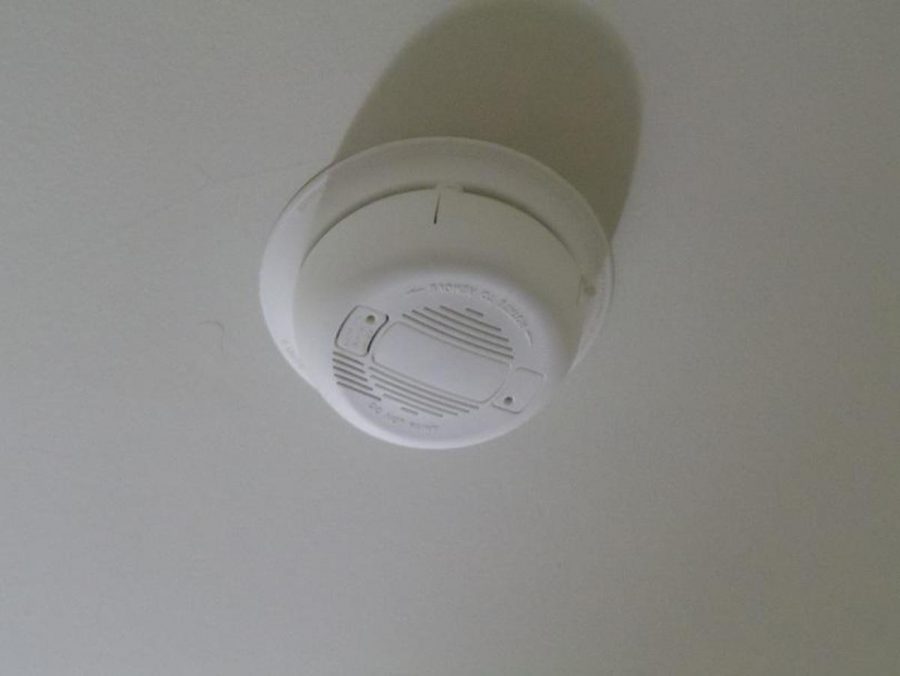Losing time
Spring forward, fall back one hour
Fire departments urge people to check the batteries in their smoke detectors on Daylight Savings days. As Lieutenant Zach Zimmer of the Greenfield Fire Department told FoxNews, “Change your clocks, change your batteries.” It is estimated that more than 30 percent of homes in the United States have smoke detectors with dead or missing batteries.
March 5, 2015
“I yawn just thinking about it. Daylight Savings may mean only losing one hour of sleep in the spring, but it changes my sleeping schedule. And, I need sleep!” freshman Adam Meller said.
Daylight Savings. These two words have two different connotations, depending on the time of the year. Towards the beginning of winter, these words are welcomed. But, towards winter’s end, they receive many groans.
But, where exactly did the notion of this day come from?
As written in the newspaper column 25 Things I Have Learned in 50 Years, author Dave Barry said, “You will never find anybody who can give you a clear and compelling reason why we observe ‘Daylight Saving Time.’”
The idea behind Daylight Savings Time was to conserve energy. By moving clocks ahead an hour in the spring, there was less need for light during evening hours.
Benjamin Franklin came up with the idea, but World War I created the concern for fuel shortages. In 1918, Daylight Savings officially became a part of yearly schedules in the United States and most of Europe.
However, after the war ended, this practice was terminated due to protests from laborers who preferred keeping the day hours aligned with the natural rising and setting of the sun.
In 1942, Daylight Savings was brought back once more as a way to save energy during World War II. This time, during the post-war period, individual states chose to continue the tradition, with varying start and stop days recognized.
The need for uniformity across the United States was eventually addressed with the Uniform Time Act in 1966. According to the Act, all states observing Daylight Savings must do so on pre-determined days each year.
Originally, the chosen dates were the first Sunday of April and the last Sunday of October.
But, in an effort to conserve more energy, the 2005 Energy Policy Act moved the start date to the second Sunday in March and the end date to the first Sunday in November. This went into effect in 2007.
According to National Geographic, Daylight Savings is still not observed in “the U.S. states [and] territories of Arizona, Hawaii, Puerto Rico, the Virgin Islands, American Samoa, Guam, and the Northern Mariana Islands.”
However, in the states that do recognize these days, the clocks change at 2:00 a.m., for each time zone.
“I’m not going to worry about changing the time. Instead, I’ll turn my clock off,” sophomore Lisa Zhou said.







